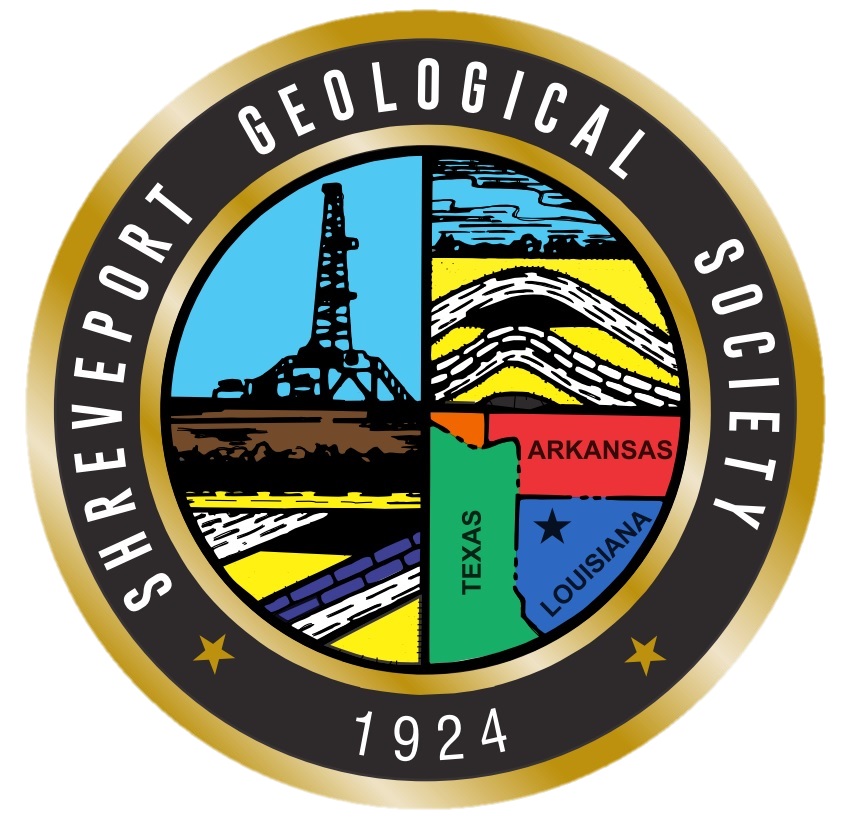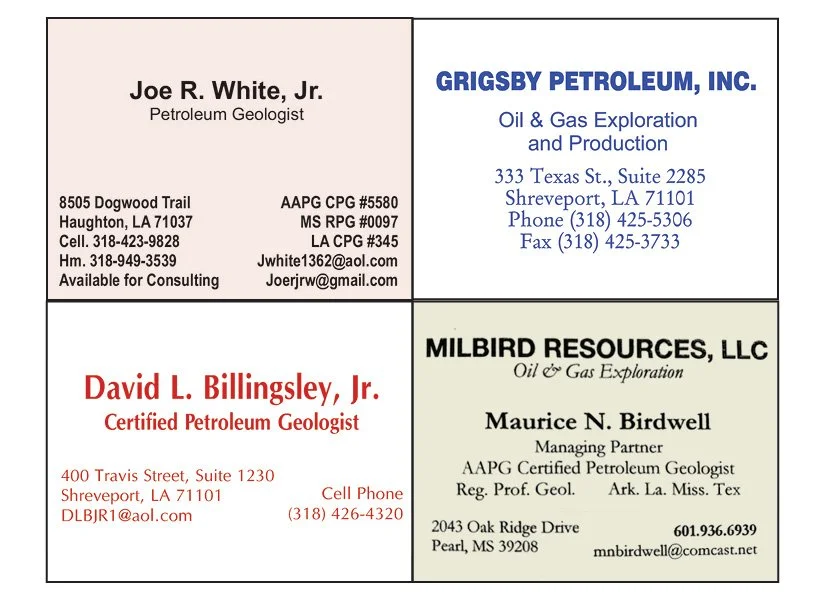The Petroleum Club of Shreveport, 15th floor
Cost: $20, Children 10 and under $8
We encourage members to invite guests, spouses, and friends to any of our meetings.
If you’d like a seat, kindly use the form below to make your reservation by the preceding Friday.
Biography
Bill Fairhurst,
President, Riverford Exploration, LLC
Manager, Industry Engagement
Bureau of Economic Geology
Jackson School of Geosciences
University of Texas – Austin
Riverford Exploration, LLC is an Exploration, Production and Consulting business with interest in over 12,000 gross HBP acres and 60 wells in Montana, North Dakota, Oklahoma, north Texas, and the Delaware Basin.
As Manager, Industry Engagement for the Bureau of Economic Geology, Bill serves as a contact for Bureau research consortia, operating Oil & Gas Exploration & Production companies, and other entities interested in unconventional resource assessment, water balance issues, and energy economics.
Bill has been involved in the majority of U.S. resource plays prior to the resource revolution and is credited with economic discovery of the WolfBone play in the Delaware Basin. Previously, he placed his company in Elm Coulee, Bakken Field prior to its discovery, the largest onshore U.S. discovery in 56 years. He and his teams have also discovered dozens of new fields in traditional plays in the Williston, Rocky Mountains, Permian, mid-Continent, Gulf Coast Mesozoic basins, offshore U.S. and has worked and lead exploration programs on six (6) continents.
Bill graduated from Ohio Wesleyan University in Geology, Economics-Management; the University of Missouri-Columbia with Master in Geology; and from the C.T. Bauer College of Business at the University of Houston with Master of Business Administration in Finance. He has provided Expert Legal testimony involving geology, engineering and economic evaluation; provided and managed professional testimony before eight state Industrial Commissions; published and spoken nationally and internationally in technical, business and policy forums. Bill is a Certified Petroleum Geologist by the AAPG; a licensed Professional Geologist in the state of Texas; a Qualified Reserve Evaluator by the Canadian Securities Administrators, and member of Houston Geological Society.
Abstract
“Bureau of Economic Geology, Tight Oil (and Gas) Resource Assessment (TORA) Consortia:
Geologic, Reservoir, Economic, and Financial Modeling used to develop Analytic and Economic Outlook Models of Unconventional Resources”
Full basin, geologic and reservoir three-dimensional characterization models are developed to reconstruct four major unconventional gas resource plays (Haynesville-Bossier, Marcellus, Barnett, and Fayetteville) and four major unconventional oil resource plays (Midland, Delaware, Eagle Ford, and Bakken). The project goals are to define: original oil in-place (OOIP), technically recoverable and economically recoverable hydrocarbon resources for each of these unconventional, resource plays / basins. These reservoir and geocellular models incorporate a framework based on new sequence stratigraphic correlations, multiple subsurface horizons, and isochore maps. Technical (drilling and completion) data and interpretations from the Bureau of Economic Geology’s core and cuttings, petrophysical models, previously published research, geochemistry, reservoir pressures, decline curve analyses and numerical modeling simulations are tied into this framework.
The geologic and reservoir characterization models are compared statistically to economic outcomes using technology inputs (well landing zones, lateral lengths, completion designs) and to predict future production results. The machine learning, analytical models define the weight of input parameters used and to predict individual well and play-wide production. Results include modeling currently drilling and completing wells, future investment opportunities and economic outlooks using various price and cost scenarios. Models include the basin water-balance, infrastructure, other capital expenditure and capital structure cost sensitivities.
Outlook models predict the incremental locations and drilling density for future activity based on price and cost sensitivities. These models indicate that production and recoverable reserves, future drilling locations and drilling density are not limited by geologic, reservoir, technical factors (drilling and completions), production rates, Estimated Ultimate Recoveries (EURs) nor current economic parameters but the limitation of financing, the constraint of capital deployed.







































